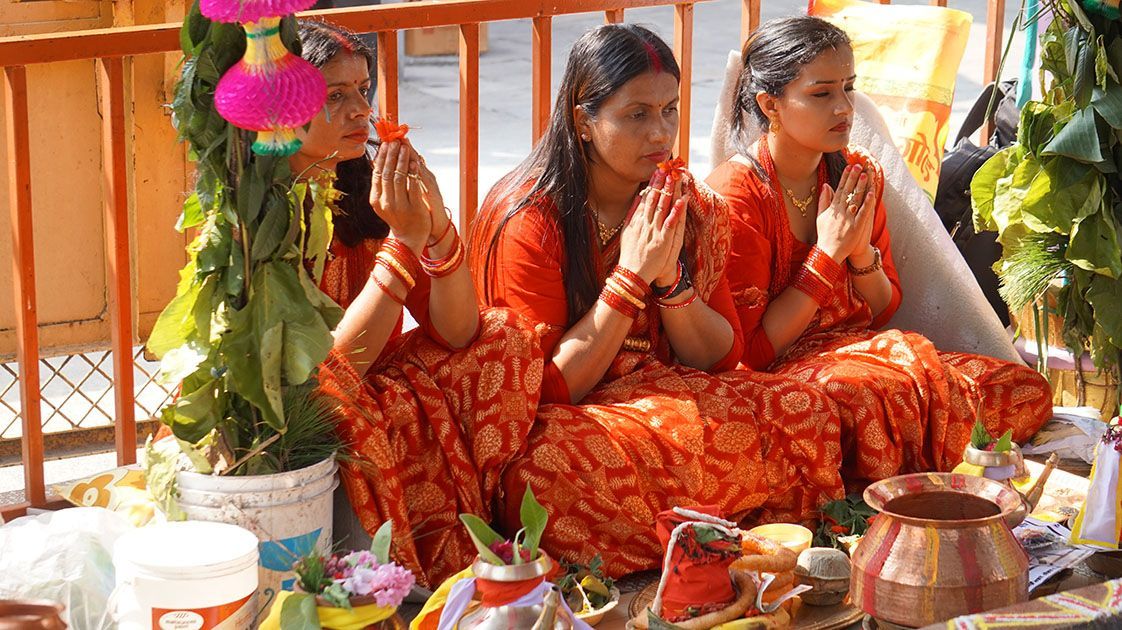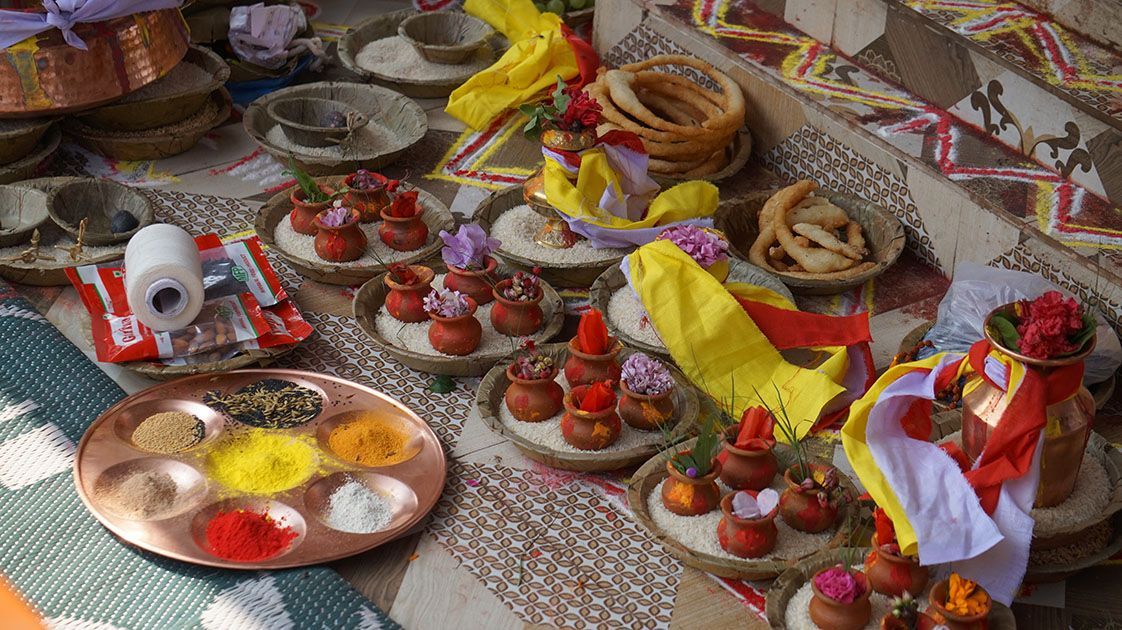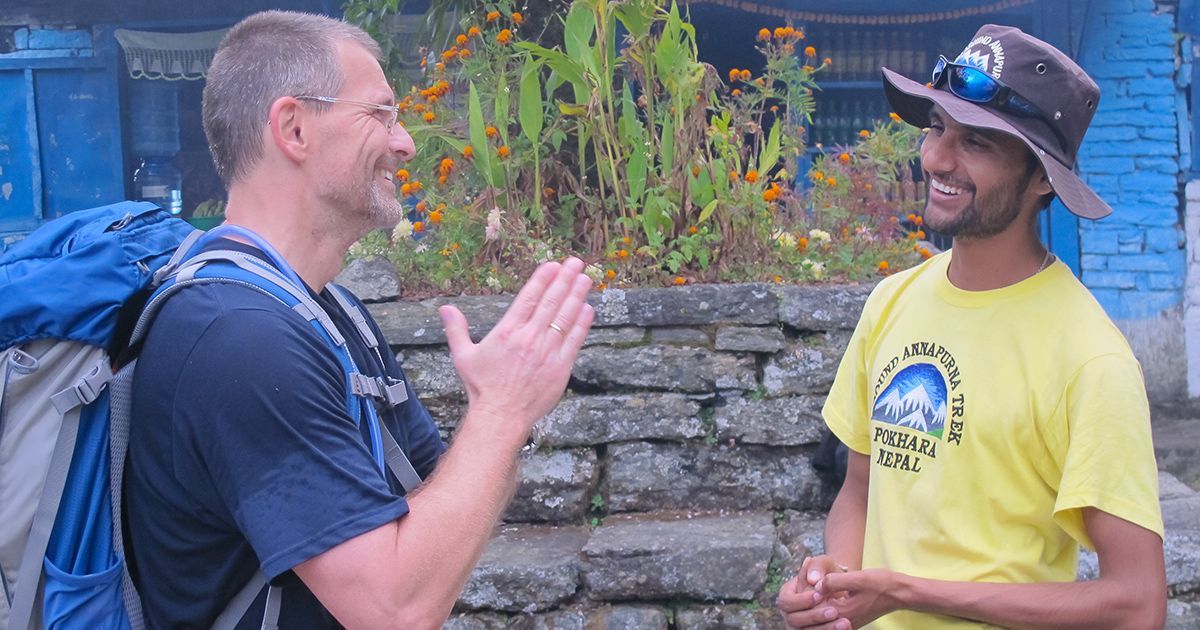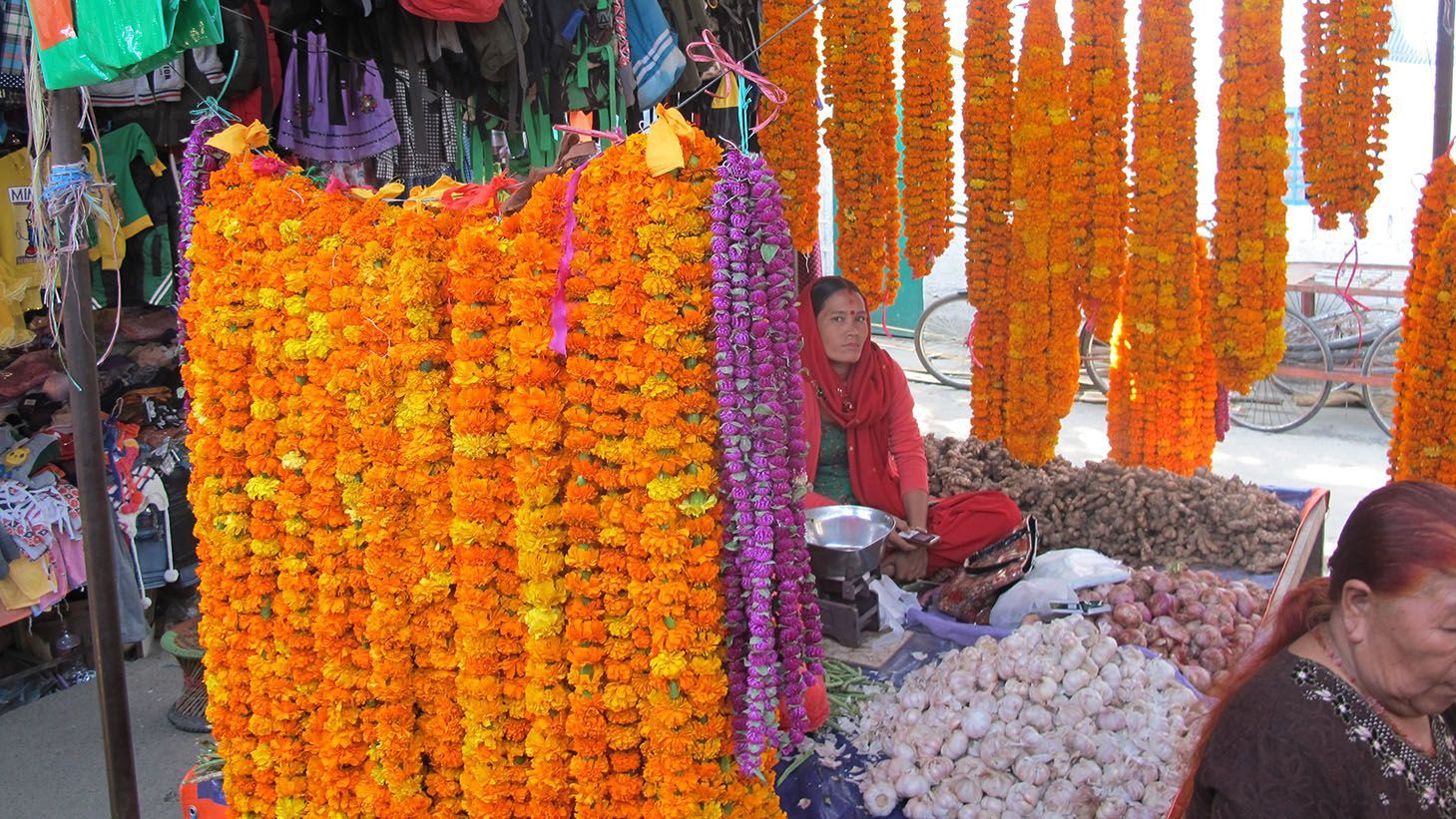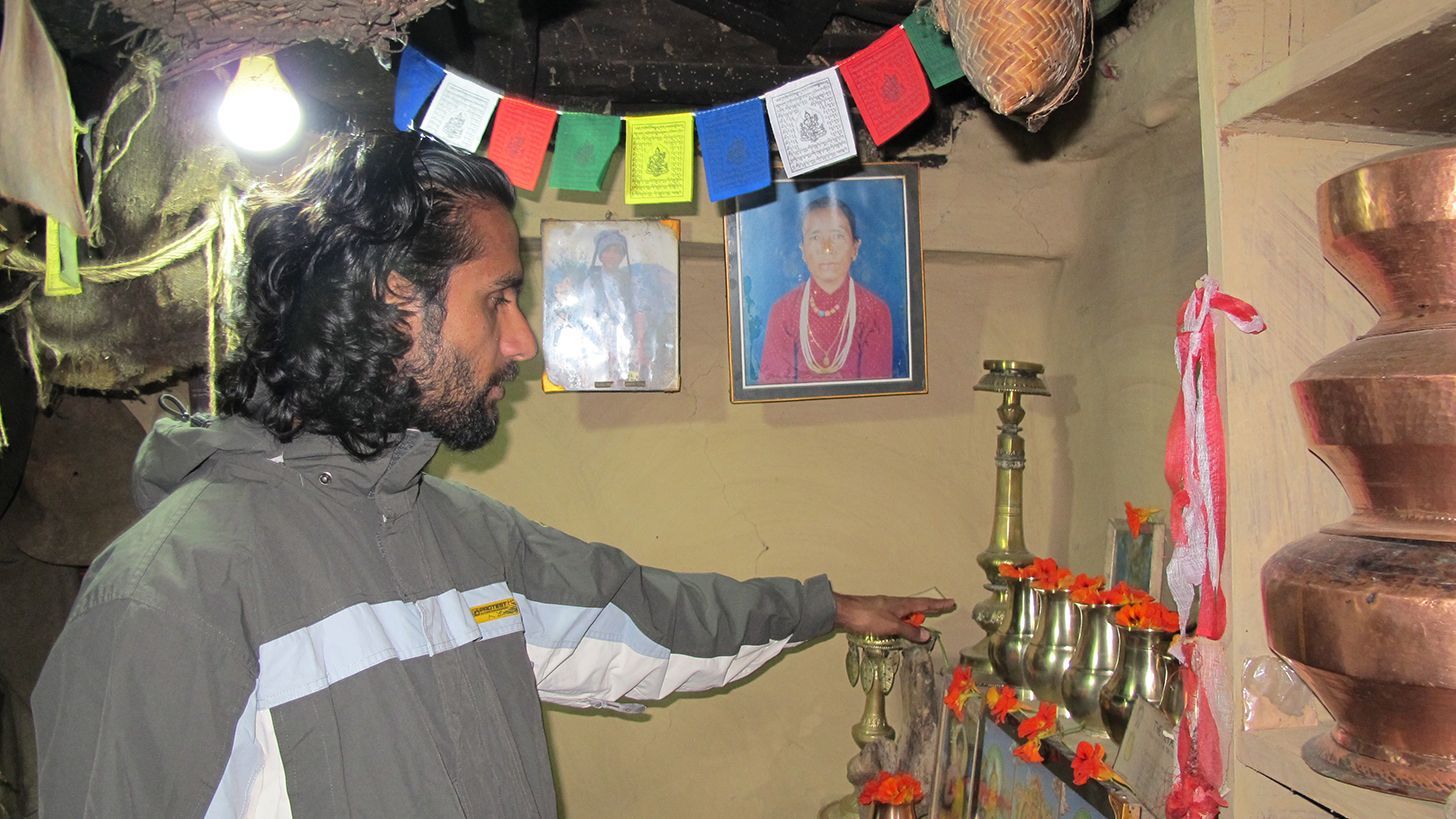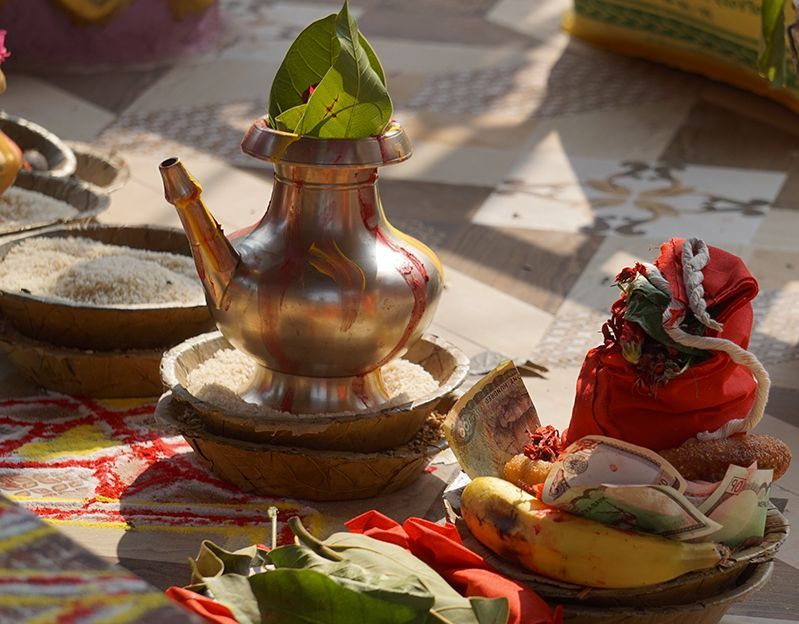Nepal Etiquette:
A Guide to Local Customs
and Culture
October 4, 2024
Namaste! As a proud guide from Nepal, I warmly welcome you to our beautiful country, where breathtaking landscapes and rich cultural heritage await you. Whether you’re trekking through the majestic Himalayas or exploring the vibrant streets of Kathmandu, understanding and respecting our local customs will enhance your experience and foster meaningful connections with the people you meet. Here’s a comprehensive guide to Nepalese etiquette, customs, and culture to help you navigate your journey.
Key Customs and Etiquette for Trekkers
1. Greetings: The Heart of Hospitality
In Nepal, we believe that a warm greeting can set the tone for a positive interaction. The most common greeting is "Namaste" (नमस्ते), accompanied by placing your palms together in a prayer-like gesture. This respectful greeting acknowledges the divine in each person. When you pass locals on the trail or in the city, take a moment to say Namaste, and you’ll be greeted with smiles and warmth in return.
2. Dress with Respect
As you explore our beautiful country, it’s important to dress modestly, especially in rural areas and when visiting religious sites. Opt for clothing that covers your shoulders and knees. This shows respect for our traditions and helps you blend in with the local culture. Wearing comfortable, weather-appropriate gear is also essential, especially if you’re trekking in the Himalayas.
3. Respecting Religion and Spirituality
Nepal is predominantly Hindu, with a significant Buddhist population. Many of our trekking routes pass through areas with temples and monasteries. Here are some customs to observe:
- Remove Your Shoes: Always take off your shoes before entering temples, monasteries, or even local homes. This is a sign of respect.
- Avoid Pointing: Pointing your feet at religious symbols or individuals is considered disrespectful. If you need to indicate something, use your hand instead.
- Mind Your Behavior: Many locations are sacred. Maintain a respectful demeanor, and avoid loud conversations or inappropriate actions near these sites.
4. Photography: Ask Before You Click
Our stunning landscapes and vibrant culture are perfect for photography, but always seek permission before taking photos of people, particularly in remote villages. Many locals appreciate being asked first, and this simple gesture can lead to more meaningful interactions and unforgettable memories.
5. Dining Etiquette: Sharing Meals with Locals
When you dine with locals or in tea houses, keep these guidelines in mind:
- Use Your Right Hand: In Nepalese culture, the left hand is considered unclean. Always eat and pass food with your right hand.
- Finish Your Plate: Leaving food uneaten can be seen as wasteful or disrespectful. If you’re full, a polite way to express this is to say, "Ma khana sakiyen" (I have eaten enough).
6. Gifts and Hospitality: A Token of Appreciation
If you’re invited to someone’s home, it’s customary to bring a small gift, such as fruit, sweets, or a token from your country. This gesture shows gratitude for their hospitality and is always appreciated. When visiting local families, respect their customs and express your thanks for their warmth and kindness.
7. Embracing Community: The Spirit of Trekking
While trekking, you’ll encounter fellow trekkers, guides, and local porters. Embrace the sense of community that defines Nepal’s trekking culture. Be friendly, share stories, and respect the hard work of your guides and porters. They are essential to your experience and deserve recognition for their dedication and expertise.
8. Environmental Respect: Protecting Our Nature
Nepal’s culture emphasizes a deep connection to nature. As trekkers, it’s vital to practice responsible trekking by properly disposing of waste, minimizing plastic use, and following the principles of Leave No Trace. This not only honors our natural beauty but also ensures its preservation for future generations.
9. Cultural Sensitivity: Learning and Appreciating
Every region of Nepal has its distinct customs and traditions. Take the time to learn about the local culture of the areas you are trekking through. Show genuine interest in their way of life and participate in local festivities or activities whenever possible. This enriches your journey and fosters mutual respect and understanding.
Wrap-up:
As you prepare for your adventure in Nepal, remember that our customs and etiquette are a reflection of our rich cultural heritage. By respecting local traditions, you will not only enhance your trekking experience but also forge meaningful connections with the Nepalese people. So, lace up your trekking boots and embrace the beauty of our culture along the way. Happy trekking, and welcome to Nepal!

